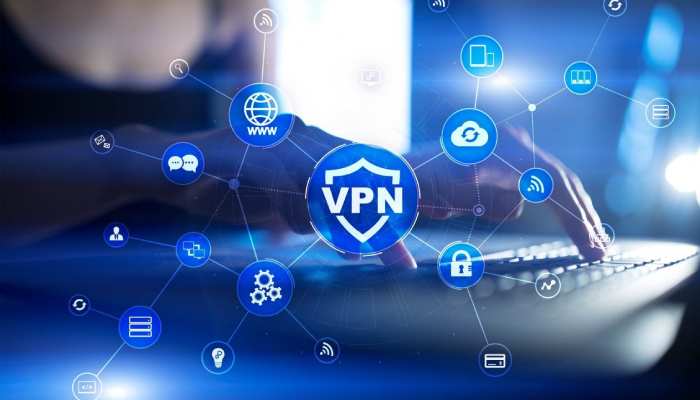A Virtual Private Network (VPN): What Is It and How Does It Function?
VPN stands for virtual private network and is a secure connection created between a device and a private network over the Internet. Sensitive information may be securely sent over the encrypted connection. It protects data from eavesdroppers and enables remote control. VPNs are increasingly being utilized in corporate settings.
What is a virtual private network (VPN), and how does it function?
A virtual private network extends the scope of an organization’s internal network using encrypted Internet-based tunneling. Encryption ensures the confidentiality of information sent between the device and the network. Employees may stay securely connected to the company network even when not in the office. Smartphones and tablets can connect to a VPN.
How do you define safe remote access?
Secure remote access facilitates increased productivity and efficiency by connecting people and devices remotely to a business network safely and securely. Included is Virtual Private Network technology that employs rigorous user and device authentication methods. You may use VPN technology to verify the posture of your device and determine whether or not it fits the standards for remote access.
Is there encryption for VPN traffic?
Virtual network traffic may be transferred safely by creating a secure, encrypted tunnel over the Internet. The data sent from a computer, tablet, or smartphone using a VPN service is encrypted before it enters this tunnel. The virtual network provides a means for remote workers to connect to the mainframe.
Different Virtual Private Networks
Remote Access
Users may safely connect devices away from the main office using a virtual private network. These gadgets are called “endpoints” and might be anything from notebooks to tablets to mobile phones. With the development of VPN technology, endpoints can now be checked to ensure they have a specific security posture before they join. A good analogy is a connection between a computer and a network.
Site to site
With a site-to-site VPN, headquarters may communicate securely with regional offices worldwide. When physical distance prevents two sites from having direct network connections, a site-to-site virtual private network (VPN) is utilized. Maintaining a link requires specialized hardware. Site-to-site connectivity may also be seen as “network-to-network” access.



